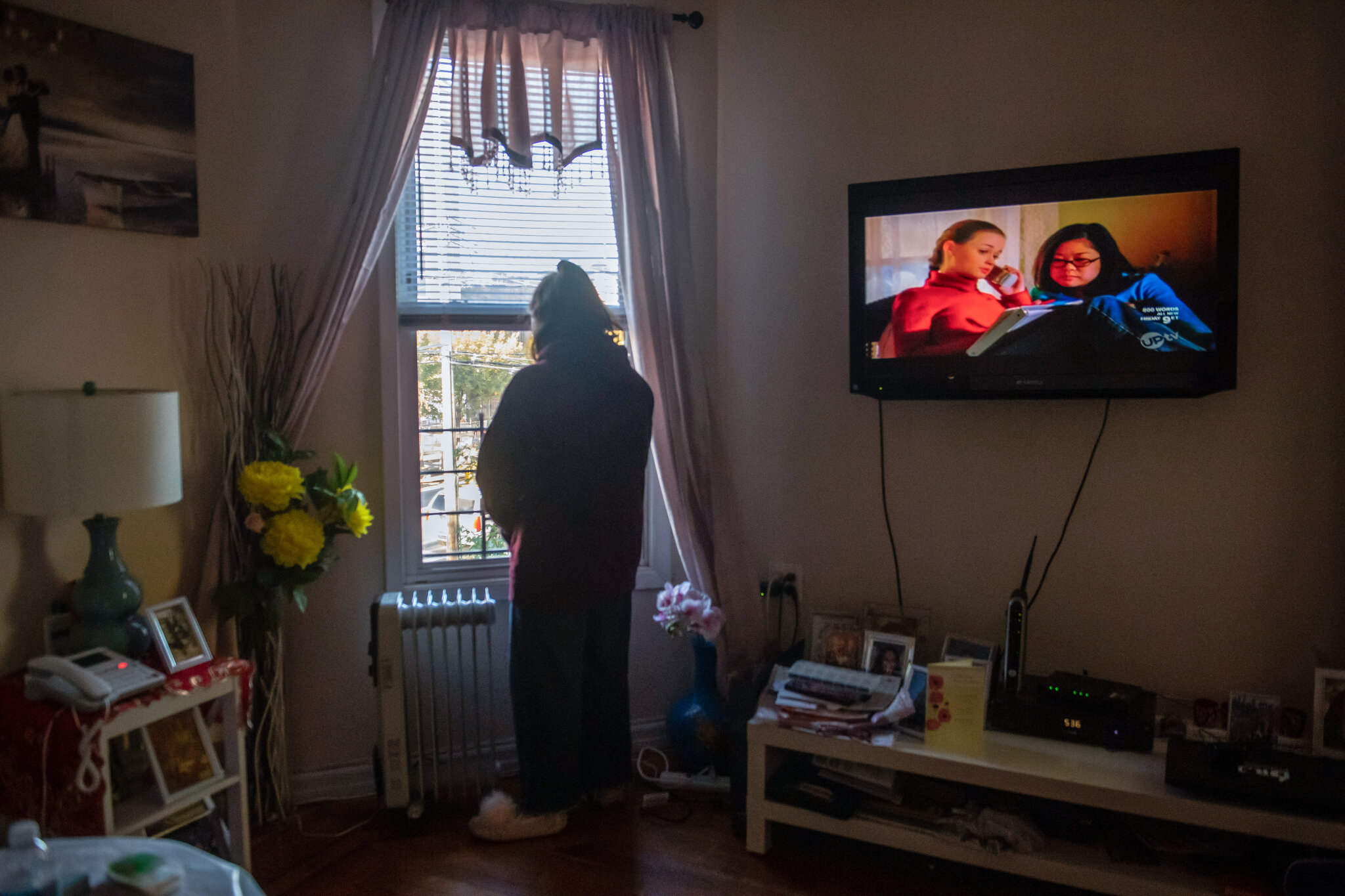According to CDC researchers, high school students experienced poor mental health and life disruptions during the COVID-19 epidemic in a countrywide survey.
According to Sherry Everett Jones, PhD, of the CDC, and colleagues, 37 percent of high school students in the United States claimed they had poor mental health, and 44 percent indicated they had continuous emotions of sorrow or hopelessness.
Furthermore, according to the Morbidity and Mortality Weekly Report, nearly 20% of respondents stated they had seriously considered suicide, and 9% had tried suicide in the 12 months prior to the study.
“Our data make it clear that young people experienced significant disruptions during the pandemic, and are experiencing a mental health crisis,” said co-author Kathleen Ethier, PhD, of the CDC, during a conference call with the media. “It is clear right now that young people need all the support we can give them.”
Though poor mental health was prevalent among students of both sexes, all racial/ethnic groups, and all sexual identities, lesbian, gay, and bisexual students reported greater levels of poor mental health and persistent feelings of despair or hopelessness. Girls were also more likely than boys to have seriously thought and tried suicide.
The authors noticed that poor mental health, persistent feelings of despair or hopelessness, and suicidal thoughts and actions were less common among children who felt connected to others at school and throughout the epidemic.
“Our data speak powerfully to the impact of schools in mitigating the impact of the pandemic,” Ethier said.
Kathleen Krause, PhD, of the CDC, and colleagues observed in a separate MMWR study that 55 percent of survey respondents indicated they had suffered emotional abuse at home, while 11% said they had experienced physical violence. Almost a third of respondents stated the epidemic caused a parent or other adult in their household to lose their employment.
When compared to those who identified as heterosexual, the incidence of emotional and physical abuse by a parent or other adult in the household was highest among those who identified as homosexual, lesbian, or bisexual, as well as those who identified as “other or questioning.”
The Adolescent Behaviors and Experiences Survey (ABES), an online survey of a nationally representative sample of public and private school students in grades 9 to 12, was used to collect data for both publications from January to June 2021. The Coronavirus Aid, Relief, and Economic Security (CARES) Act provided funding for the study.
The ABES poll did not differentiate between pupils who attended school remotely or in person during the epidemic, according to Ethier. There are “essential ways that schools can take to address mental health moving forward,” she noted, regardless of how specific schools manage the pandemic.
Youth are dealing with a range of issues, including domestic violence, and “we now need methods to address those challenges,” according to Ethier. “Some of these ideas can certainly be implemented in classrooms. However, this will need the participation of all of us.”
